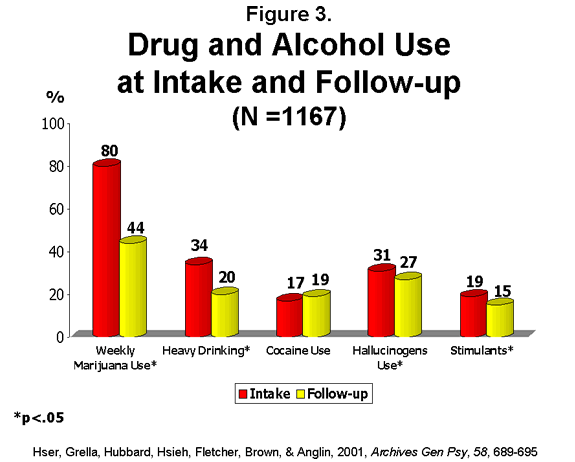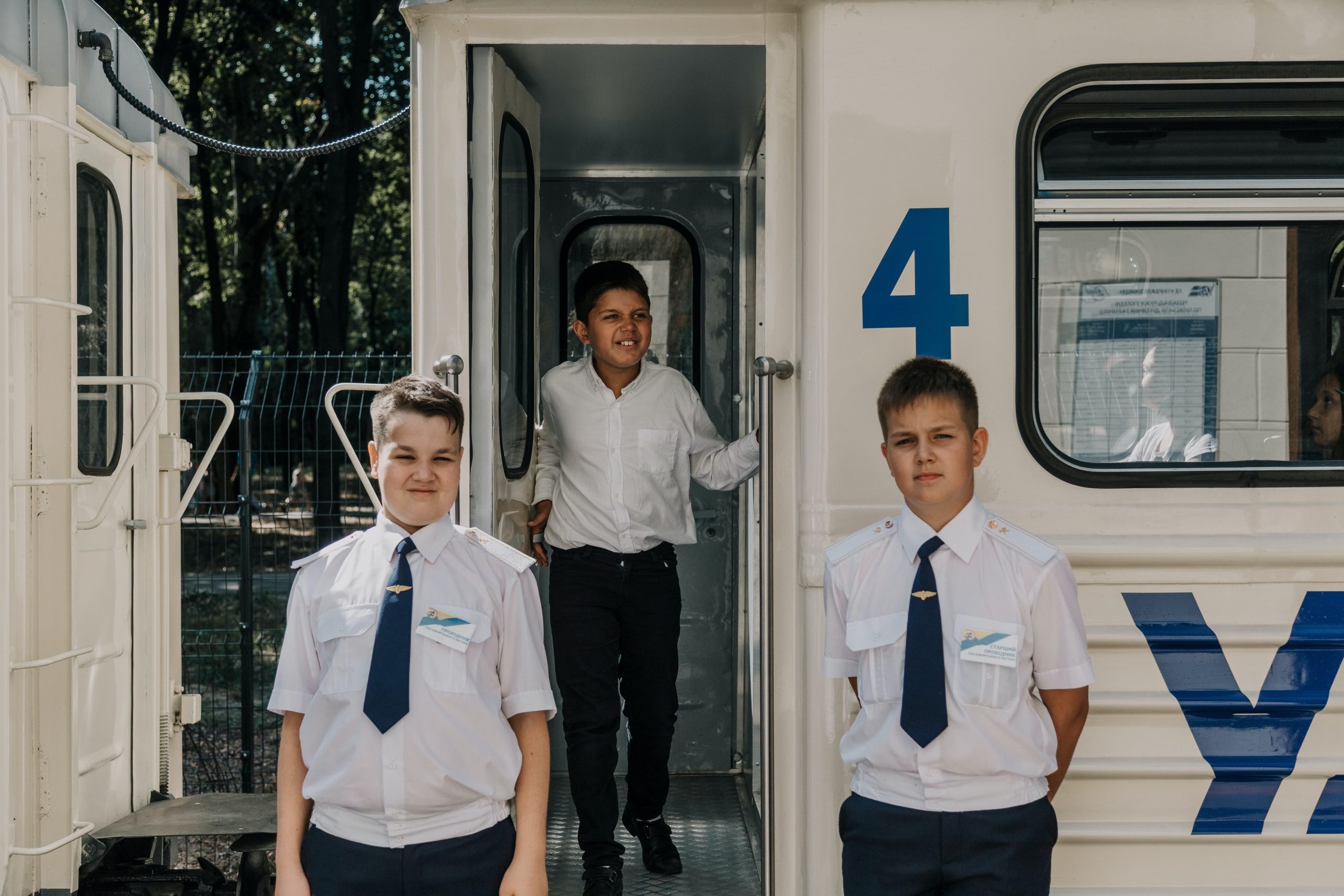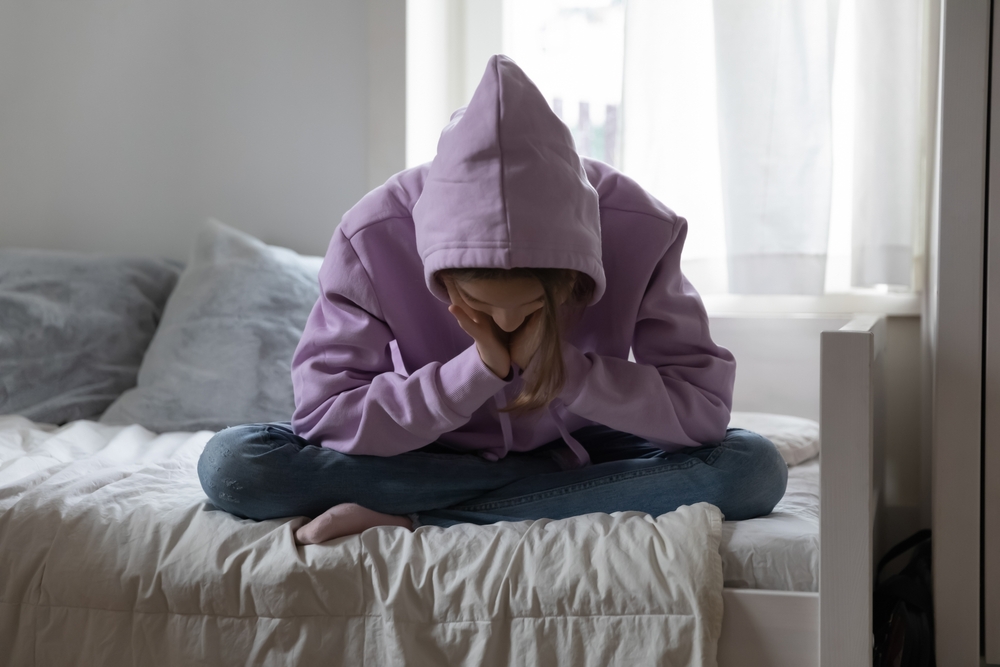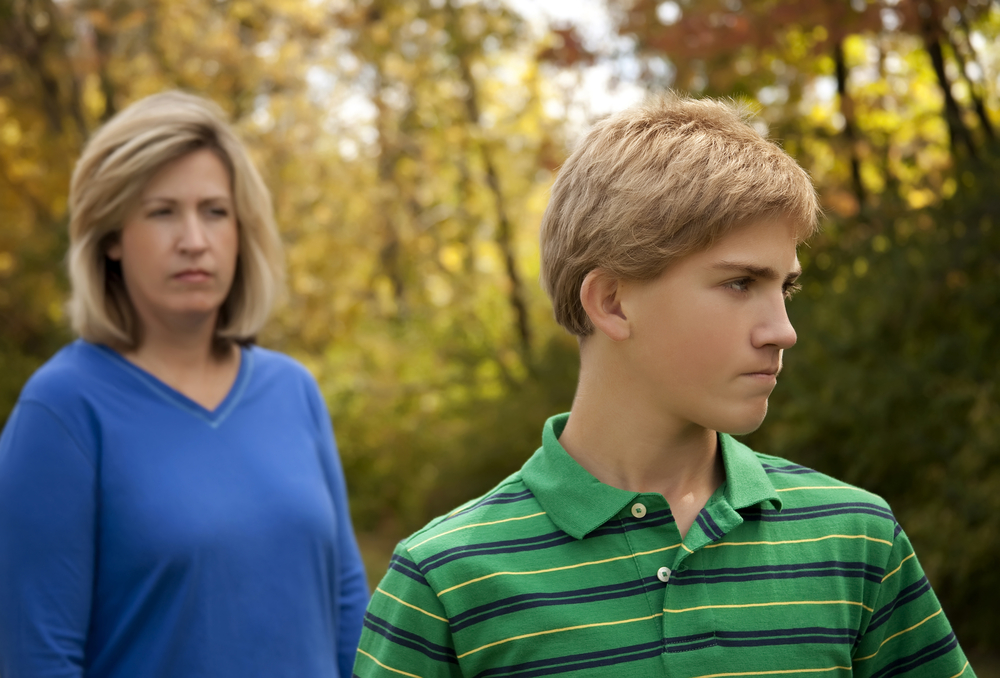Back in 2000, professional researchers suggested the “provision of specialized services and programs for women in order to improve outcomes of drug abuse treatment.” Today, that is available to you in the form of all-girl therapeutic boarding schools. Teenage girls and teenage boys are different. All-girl facilities allow for staff and philosophy to focus on the needs of troubled teenage girls and provide them with the specialized support they seek. These facilities also allow girls to learn and earn credit while overcoming personal difficulties in a therapeutic community.
Several large-scale, landmark projects have better defined therapeutic communities and shown they have a positive impact on the lives of attendees.
Therapeutic Communities Create Positive Change
Therapeutic boarding schools for girls are a subcategory within therapeutic communities and have some key differences. Long-term residential treatment centers and rehab facilities are also often categorized under therapeutic communities. Therapeutic communities are “intensive, long-term, self-help, highly structured residential treatment modalities for chronic, hardcore drug users who have failed at other forms of drug abuse treatment.”
Most therapeutic boarding schools house a broad range of troubled teens, from the more severe to the more functional cases, and they provide a balance of education and therapy.
Here are a few key characteristics to therapeutic boarding schools:
- Communal living in dorms or homes
- Excellent licensed counselors, therapists, and teachers
- Positive peer pressure
- Extended stays
- Intimate classrooms with personalized study plans
- A chance to earn a high school diploma and credit
- Leadership and life skills courses
- Community service opportunities
- Recreational therapy and extracurricular activities
Therapeutic boarding schools come in many different shapes and sizes, and many even crossover into other kinds of treatment. Oftentimes, schools will provide group sessions to build positive peer-pressure, individual session to work through specific challenges, and even family sessions to develop more beneficial relationships and prepare a safe environment for the teen to return to. Each school has their own unique treatment philosophy, and it is important to find a proper fit.
As a whole, therapeutic boarding schools have proven to be effective. Over one-third of all admitted students experience sustainable, long-term success. Also, research indicates time after time a positive correlation between length of treatment and post-treatment success: as treatment duration increases, post-treatment success also increase. Specifically, “clients remaining in treatment longer than 12 months have the greatest likelihood of successful outcomes,” according to the Office of National Drug Control Policy.
It is interesting to note the evolution of therapeutic communities over the years. In the beginning, nearly all the staff were recovered addicts working as paraprofessionals, whereas now therapeutic communities exist in all different shapes and sizes, including therapeutic boarding schools, and they employ highly-qualified professional staff.
Comprehensive research shows positive results
Three landmark studies have contributed substantially to showing the positive effects of therapeutic communities: the Drug Abuse Reporting Program, the Treatment Outcome Prospective Study, and the Drug Abuse Treatment Outcome Study; more commonly known as DARP, TOPS, and DATOS.
DARP
DARP observed patients in treatment programs between 1969 and 1973. DARP followed patients after their treatment, following up with them for up to one year after termination of treatment. Researchers followed a large sample of patients that passed through public treatment centers, and they discovered therapeutic communities did have a positive impact on their patients.
TOPS
TOPS followed up and observed patients admitted between 1979 and 1981. TOPS further validated the findings of DARP and applied a similar methodology. Researchers selected over 11,000 patients across more than 40 treatment centers, including detox facilities, outpatient programs, and therapeutic communities. They then observed these patients in treatment and after treatment, following them over the next five years. The results were truly noteworthy. After just 90 days of treatment, drug use had dropped by 15 percent. Plus, almost 100 percent of patients said they had stopped performing illegal acts. These findings alone were truly inspiring, but it didn’t stop there.
As the five-year follow-up period continued, researchers were amazed to see over a third of the patients continue in sustainable abstinence from the drug that previously controlled their lives. Additionally, reported depression had also dropped by half. These results, of course, weren’t perfect, but they were more optimistic and promising than many had hoped for.
DATOS
DATOS came last. It further confirmed the findings in DARP and TOPS. In 1991, researchers determined to better understand the broad impact of these treatment programs, set out on yet another ambitious study: to follow over 10,000 patients, across almost 100 treatment centers, for 5 years. This time, researchers gathered enough data to continue producing new findings for the next decade. The results again reflected positively on treatment centers, and particularly on therapeutic boarding schools. Also, the breadth of the study allowed them to focus particularly on adolescent patients.
DATOS examined over 3,000 adolescent patients, across six cities, and followed nearly half of them over the next year. Again, researchers observed that treatment yielded positive results. Examination began with initial interviews at intake, continued with interviews at the one month, three month, and six month marks during treatment, and concluded with a final interview 12 months after the conclusion of treatment. Once more, the results weren’t perfect, but they showed great improvement.
Researchers emphasized a few main findings:
- Admitted adolescents usually suffered from multiple issues, including crime and mental disorders, as well as drug abuse.
- Marijuana use showed the largest decrease, dropping by almost 50 percent.
- Heavy drinking dropped 42 percent.
- Use of other illicit drugs dropped 13 percent
- Criminal involvement dropped 31 percent
DATOS also confirmed a positive correlation between duration of treatment and post treatment success. Or in other words: the longer the stay, the better the results.
Help Your Teen Now helps parents find the right solution for their families
Therapeutic boarding schools for girls are a treatment plan that is proven to work, and Help Your Teen Now can help you find the right one. Help Your Teen Now is the best place for parents of troubled teen girls to come to for help. We understand what is happening in your life, and we can help make the load lighter. You know the current environment isn’t working for your child or for the rest of your family, and you want to make things better. We can help you determine if an all-girls therapeutic boarding school is the right solution for you. Join us and Help Your Teen Now for a free consultation and learn more about how we can help. Just call 1-800-901-7347 and speak to an experienced parent today.












0 Comments